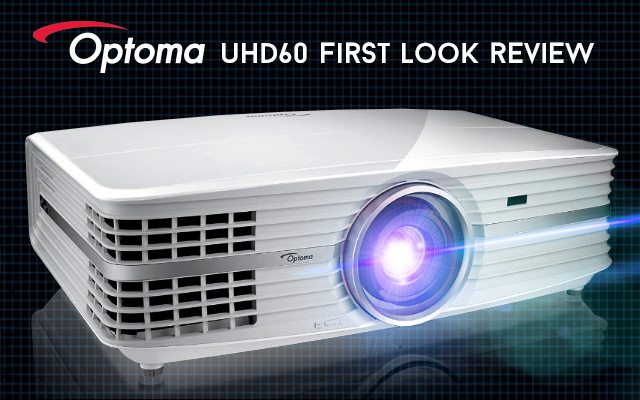The rise of 4K and 4K UHD projectors has driven manufacturers to create their vision for the optimal 4K capable projector. Optoma, a company well-known for their use of DLP technology and their stake in the home entertainment and home theater markets (especially gaming), has come out with two new models to add to their catalog - the Optoma UHD60 and the already-reviewed UHD65.
These two projectors contain the first Texas Instruments 4K UHD, DLP chip. The Optoma UHD60 is geared toward home entertainment use, while its older brother sits on the home theater side of the spectrum. There are three main differences between the two: price, overall brightness, and color lumens vs white lumens. We’ll get into that a little later.


